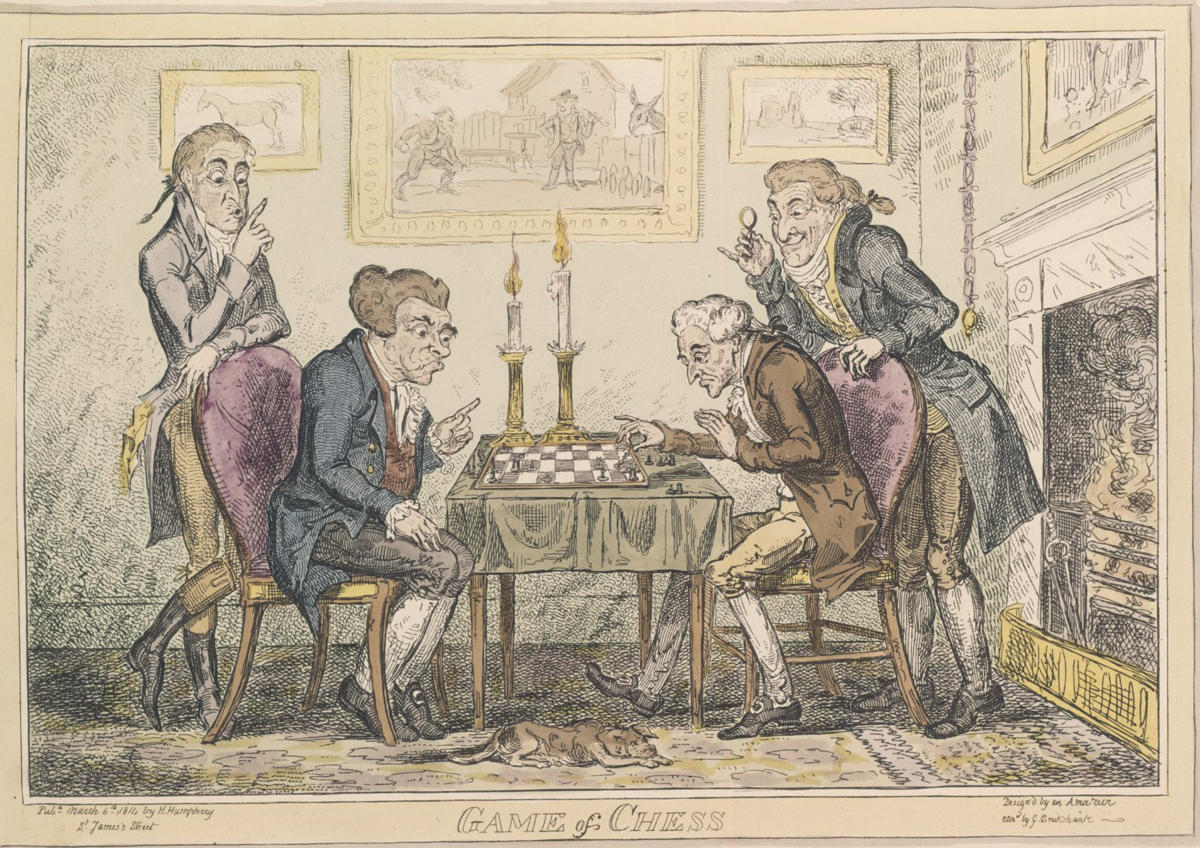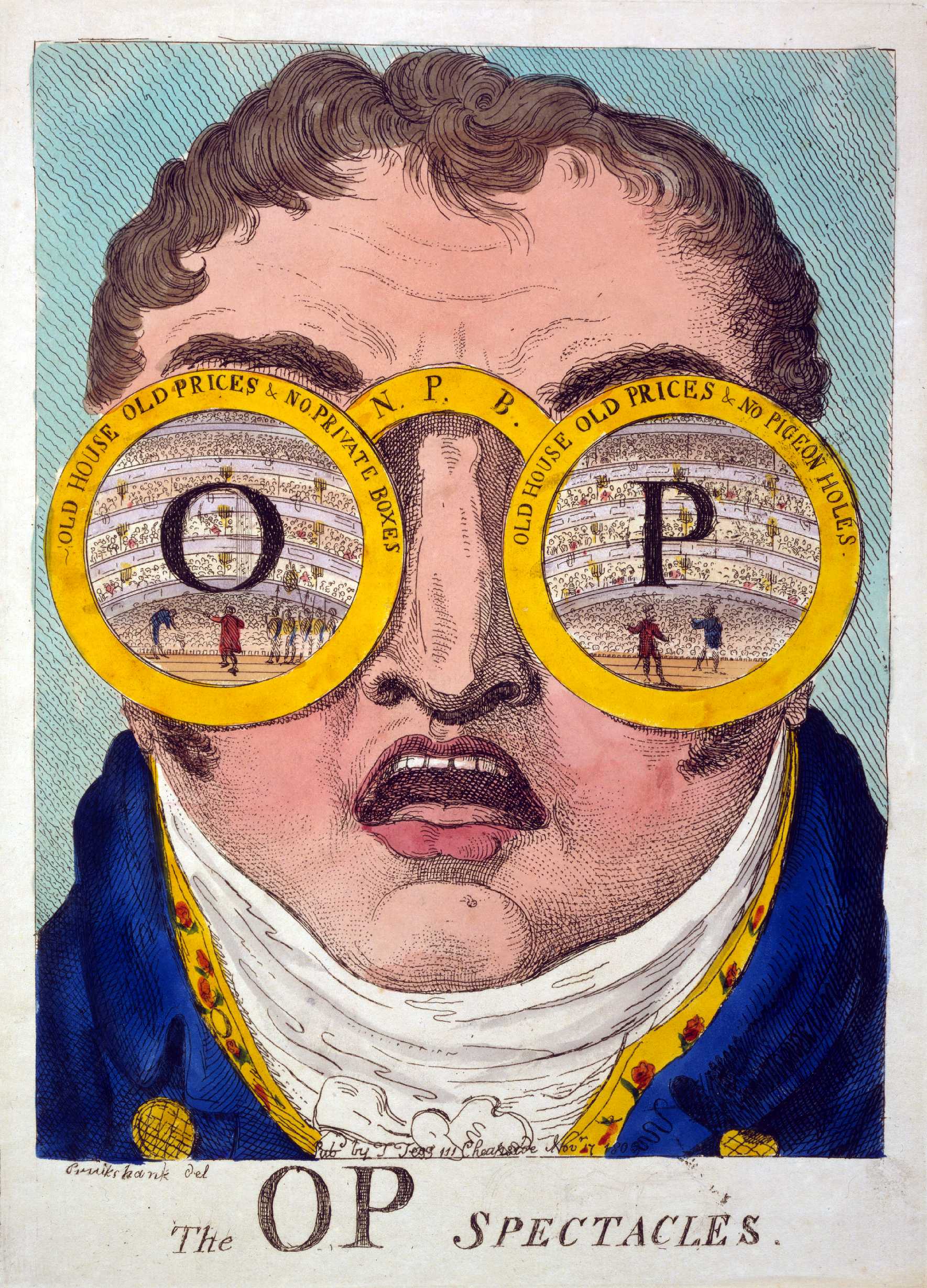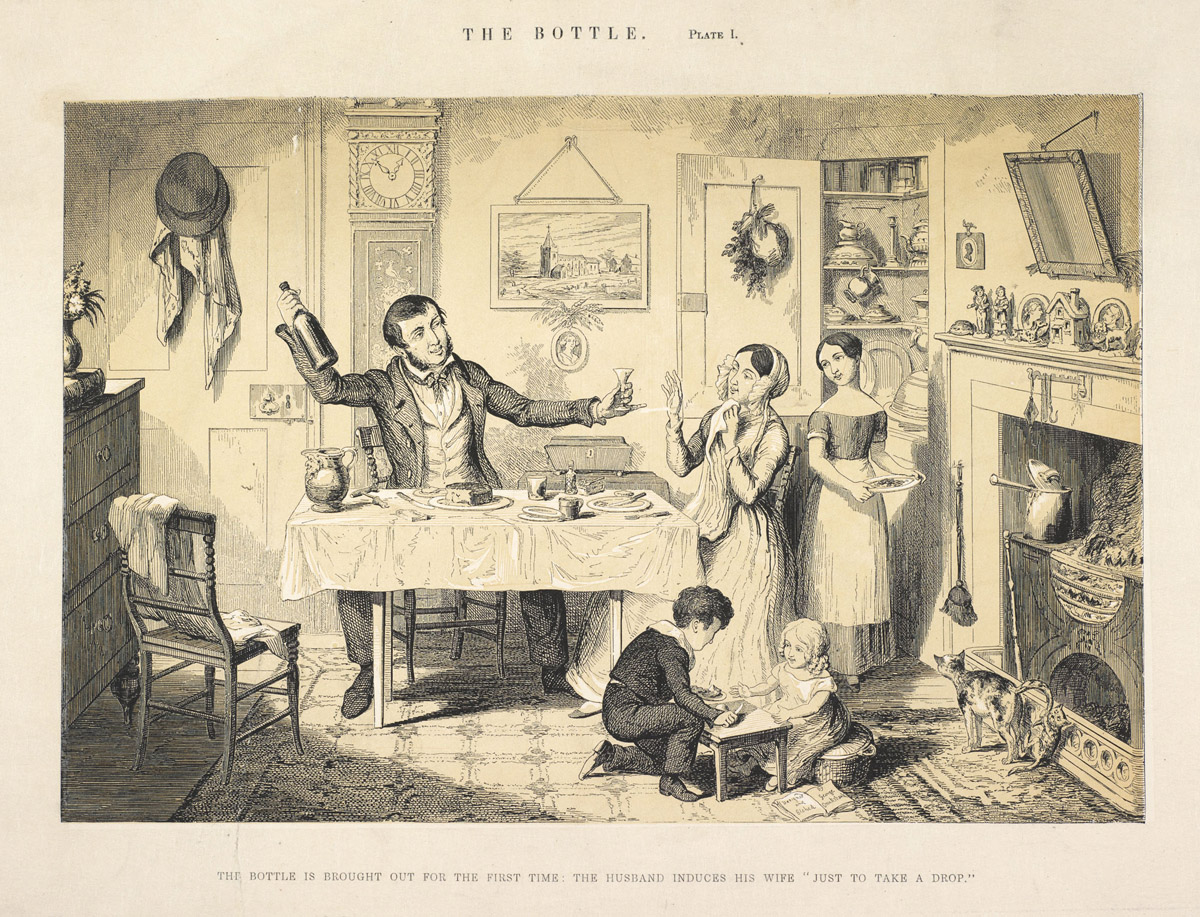
Welcome to the captivating realm of **George Cruikshank**, an influential English artist whose remarkable contributions have profoundly shaped the fields of caricature and illustration. Born on September 27, 1792, in the bustling city of London, Cruikshank embarked on a creative journey that would see him evolve from a budding young artist into one of the most celebrated caricaturists of his time. His unique ability to blend humor with social commentary allowed him to capture the essence of the era in which he lived, making his work both entertaining and thought-provoking. As we explore the various facets of his life, his artistic achievements, and the enduring legacy he has left behind, we gain a deeper appreciation for the impact of his artistry on the world of visual satire and beyond. Join us as we delve into the life and times of this extraordinary figure, whose illustrations continue to resonate with audiences today.
Early Life and Influences

Family Background
George was born into a family steeped in artistic tradition, which played a significant role in shaping his creative journey. His father, Isaac Cruikshank, was not only a prominent illustrator but also a celebrated caricaturist known for his sharp wit and keen observations of society. Growing up in such a vibrant and imaginative household, George was constantly surrounded by artistic influences and inspiration. This nurturing environment fostered his innate talents and ignited his passion for art from an early age. The rich legacy of creativity that permeated his family undoubtedly laid the groundwork for George’s own artistic vision and aspirations, encouraging him to pursue a path that would allow him to express his unique perspective on the world.
First Steps in Art
From a young age, George began to delve into his artistic abilities, experimenting with various styles and subjects. By the year 1811, he had already made a name for himself in the art world, gaining considerable popularity through a series of political caricatures that were featured in The Scourge, a periodical renowned for its biting critiques of societal follies and injustices. These early works not only showcased his talent but also highlighted his keen understanding of the political landscape of his time. The success he achieved with these caricatures served as a crucial stepping stone, paving the way for his future artistic endeavors and establishing him as a significant figure in the realm of satire and illustration.
The Rise of a Caricaturist

Political Satire
In the early 19th century, George Cruikshank emerged as a significant and influential figure in the realm of political satire. His exceptional ability to blend sharp wit with astute observations allowed him to establish himself as a formidable rival to the renowned caricaturist James Gillray, who had dominated the field in the preceding generation. For more than a decade, Cruikshank directed his satirical arrows at the political machinations of both the Tory and Whig parties, employing humor as a powerful tool to critique and challenge the established political order. His work not only entertained but also provoked thought and discussion among the public, making him a key player in the political discourse of his time.
Notable Works in Political Caricature
| Year | Title | Description |
|---|---|---|
| 1811 | The Scourge | This series of political caricatures marked the beginning of Cruikshank’s rise to fame, showcasing his unique style and biting commentary on contemporary politics. |
| 1820 | Political Cartoons | In this collection, Cruikshank continued to publish incisive political commentary through his illustrations, further solidifying his reputation as a master of satire. |
Transition to Book Illustrations

Illustrating for Children
By the year 1820, the renowned artist George Cruikshank began to pivot his artistic focus from the realm of political satire to the enchanting world of book illustrations. This significant transition in his career allowed him to reveal a more cheerful and whimsical side of his creative talents. As a pioneer in the field, Cruikshank became one of the first artists to produce humorous illustrations specifically designed for children’s literature. His innovative approach not only made stories more visually appealing but also played a crucial role in making literature more accessible and enjoyable for young readers. Through his delightful illustrations, he helped to foster a love of reading among children, encouraging their imaginations to flourish.
Collaboration with Charles Dickens
Among Cruikshank’s most distinguished collaborations was with the illustrious novelist Charles Dickens, a partnership that would leave a lasting impact on both their careers. His illustrations for Dickens’ works, including Sketches by “Boz” (1836–37) and the beloved classic Oliver Twist (1838), are widely celebrated for their vibrant detail and their remarkable ability to encapsulate the essence of Dickens’ richly drawn characters. Cruikshank’s artistic interpretations not only complemented Dickens’ storytelling but also enhanced the reader’s experience, bringing the narratives to life in a way that resonated deeply with audiences of all ages. Their collaboration is a testament to the powerful synergy between literature and visual art, showcasing how illustrations can elevate the written word.
Personal Projects and Publications

The Comic Almanack
From 1835 to 1853, Cruikshank published The Comic Almanack, a serial that combined humor with social commentary. This publication was a testament to his ability to engage with contemporary issues while entertaining his audience.
Advocacy for Temperance
In the late 1840s, Cruikshank became an enthusiastic advocate for temperance. He published a series of plates titled The Bottle (1847) and its sequel, The Drunkard’s Children (1848), which highlighted the dangers of alcohol consumption. His artwork served as a powerful tool for social change.
Legacy and Impact

A Prolific Illustrator
Throughout his career, Cruikshank illustrated over 850 books, leaving a lasting impact on the world of illustration. His unique style and ability to blend humor with poignant social commentary set a standard for future artists.
Influence on Future Generations
Cruikshank’s work has influenced countless artists and illustrators. His approach to caricature and illustration paved the way for modern political cartoons and children’s book illustrations. His legacy continues to inspire creativity and social critique in art.

George Cruikshank passed away on February 1, 1878, but his influence remains palpable in the art world today. His ability to blend humor with serious commentary makes his work timeless. Whether through his political cartoons or his charming illustrations for children, Cruikshank’s artistry continues to resonate with audiences, reminding us of the power of art to reflect society and provoke thought.
So, the next time you come across a caricature or a whimsical illustration in a children’s book, think of George Cruikshank and the legacy he left behind. His journey from a young artist to a master caricaturist is a testament to the enduring power of creativity and humor.

